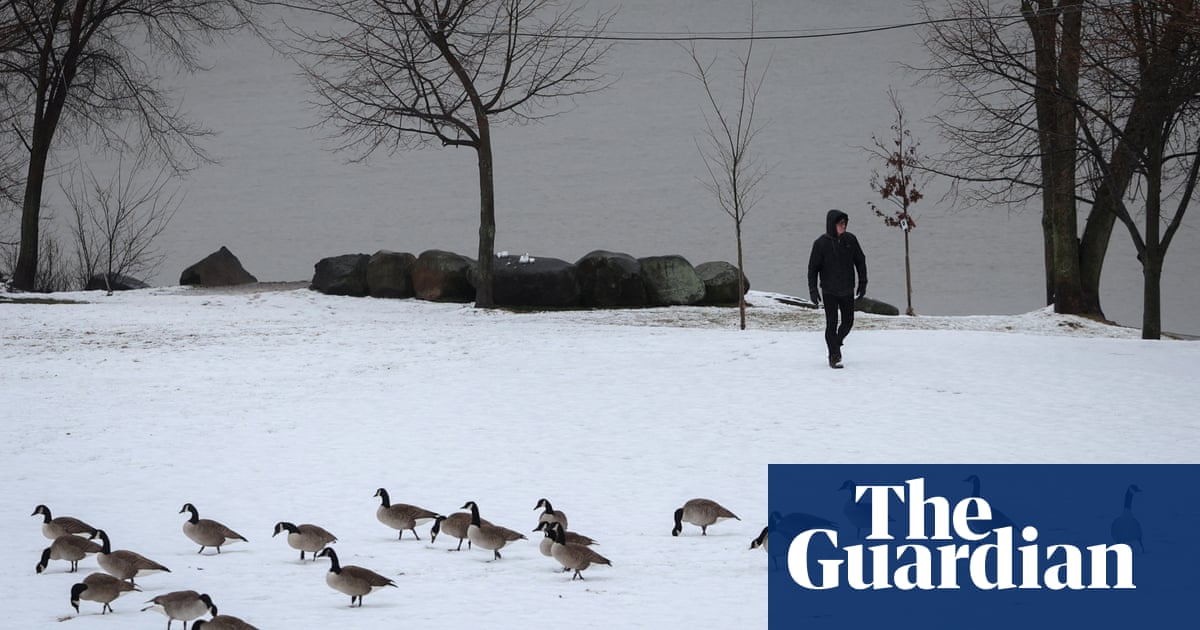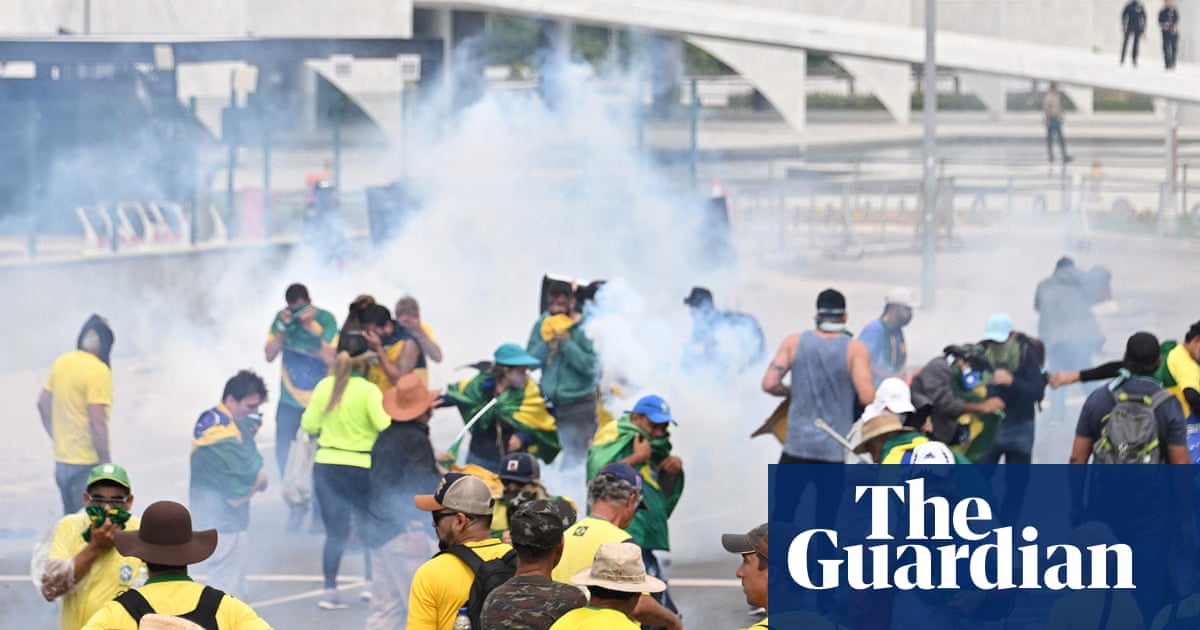
The fourth searing heatwave in five weeks is set to strike the west of the United States and Canada this weekend, aggravating wildfires that are already ravaging an area larger than Rhode Island as drought and record-breaking temperatures tied to the climate crisis pummel the region.
The impending heatwave comes as 12 states are already battling 71 active wildfires. The combined area of blaze is about 1,562 sq miles (4,047 sq km), according to the National Interagency Fire Center.
The largest blaze by far continues to be the Bootleg fire in south-central Oregon, which has been burning for nine days and has devastated an area larger than New York City with no sign of it letting up. As of Thursday morning, the fire is at only 7% containment and the cause is still unknown.
Almost 2,000 houses are currently threatened by the Bootleg fire. Tim McCarley described to the Associated Press having to flee his home in a rural area north of Bly. “The sheriff’s department had been there and they said, ‘If you don’t get out of here now, then you are going to die,’” he said. “We were running around like a chicken with its head cut off, throwing stuff into the car. Then we say, OK, that’s it, we got to go.”
They evacuated from the flames which came within 5ft (1.5 metres) of their house. Their trailer resembled a “melted beer can”, McCarley told the news agency, after the fire had passed.
Several large fires are also burning across northern California, including the Dixie fire, which erupted on Wednesday and has grown to more than 2,250 acres, close to where the deadly 2018 Camp Fire tore through the town of Paradise, and remains at 0% containment.
“It’s a lot of steep and inaccessible terrain and that’s making it really difficult to get containment,” said Lynette Round, an information officer with Cal Fire. “Ground Crews have to hike in, so it is a lot of work for the firefighters.”
Meanwhile, in Mariposa county, the River fire was brought to 36% containment, after destroying five structures and burning through 9,500 acres. Evacuation orders were lifted as crews worked to mop up hotspots, but officials warned that “years of drought and disease have weakened many trees, and those dead and downed trees and logs continue to pose problems”.
The number of acres burned in California this year is already eclipsing the number by this time last year, which also set a state record. By the end of 2020, roughly 4.1m acres had been scorched.
“Last year was quite an anomaly in August when we had over 14,000 lightning strikes that caused multiple fires at one time. Hopefully that does not happen again this year,” Round said. “But what we are seeing this year is we didn’t have as much rainfall and that makes the fuels more susceptible to burning.”
The raging wildfires are stoked by a wave of exceptional temperatures across the western region combined with a prolonged drought that has desiccated vegetation. The west has grown warmer and drier in recent decades as a result of the climate crisis, accelerating the fires and making the job of controlling them more difficult.
More than 60% of the US west is suffering exceptional or extreme drought – the highest rating since authorities began monitoring the phenomenon 20 years ago. Temperatures have also reached historic levels, with the National Oceanic and Atmospheric Administration marking 585 all-time records in the past 30 days.
“When have heat like this we are always concerned,” Round said, emphasizing that residents in the area must remain vigilant.
Writing in the Washington Post, meteorologist Matthew Cappucci said that the next punishing heatwave is expected to start on Saturday and reach a critical peak by Monday. It will be centered on a swath of the Rocky Mountains in the US and up into Canada, bringing temperatures up to 30F (16.7C) above the average for the time of year.
“In addition to the hot temperatures, the sultry air mass will spur additional wildfire growth and ignition across the west, where dozens of fires are already raging,” Cappucci predicted.
Satellite images posted on Twitter by the National Weather Service showed four giant clouds forming over the Bootleg fire with the southernmost starting to mass into the most extreme fire clouds of its sort, known as a pyrocumulonimbus. Such clouds, which occur when heat rises from a fire, can cause hail, lightning and tornadoes that can in themselves be extremely dangerous on the ground.
The weather service said the cloud pattern was “terrifying in its own right”, and asked the public to “send positive thoughts and well wishes to the firefighters right now. It’s a tough time for them.”
Fatigue has already started to set in for first responders battling the blazes and this is just the beginning of a fire season expected to get worse in the coming months.
“We’re talking about a new kind of fire season, with repeated and persistent fires producing weeks and months of smoke,” said UCLA public health professor David Eisenman in a statement, noting that the compounding disasters will take a mental toll on residents as well. “Weeks at a time, most people are resilient, but if it happens for a few months every summer, that’s a different story. And months of smoke are the new thing that we’re going to see.”












